Creatine monohydrate ranks among the most studied supplements in sports nutrition, yet myths about its safety still linger in fitness circles. Decades of research with thousands of participants show a clear picture of its effects and risks.
This article breaks down the real safety profile of creatine monohydrate, highlights evidence-based side effects, and introduces Bucked Up’s diverse creatine lineup to help you make informed choices. Knowing the facts lets you tap into creatine’s proven benefits for physical and mental performance with confidence.
Boost your mental and physical game. Shop now to check out Bucked Up’s creatine products and find the right fit for your goals.
Uncovering Creatine Myths: What the Evidence Reveals
Does Creatine Harm Kidneys? Fact vs. Fiction
One stubborn myth claims creatine damages kidney function, but research over decades disproves this. Detailed reviews find no notable impact on kidney health markers in creatine users compared to placebo groups, even over 14 years of use. For healthy individuals, creatine poses no threat to kidney function.
The concern likely comes from early case reports and a slight rise in serum creatinine levels during supplementation. This increase doesn’t signal kidney issues; it’s just a byproduct of higher muscle creatine stores. At standard doses, creatine shows no negative effects on kidney health in healthy people. Studies confirm that even higher doses over long periods don’t disrupt normal kidney metrics.
For those with existing kidney conditions, caution is advised. Healthy individuals face no kidney risks from creatine, but anyone with prior issues should consult a doctor first. This distinction matters when considering supplementation.
Dehydration and Cramps: Clearing Up the Confusion
Some believe creatine causes dehydration and muscle cramps due to its ability to pull water into muscle cells for energy production. Yet, this process supports muscle hydration, not overall fluid loss.
Data shows no real link to dehydration or cramping. Studies report muscle pain in 2.9% of creatine users versus 0.9% in placebo groups, a difference too small to matter. Any discomfort often ties to inadequate water intake, not creatine itself.
Research on hydration and body temperature regulation confirms that creatine users with proper fluid intake maintain normal balance. Drinking enough water daily remains key, with or without supplementation.
Liver Health and Creatine: What Studies Confirm
Fears of liver damage from creatine have no solid backing. Well-designed studies find no sign of liver or kidney issues in healthy athletes using creatine for up to five years. Liver function markers stay steady during supplementation.
Further evidence supports this safety. Regular creatine use shows no harmful impact on liver or heart health in healthy individuals. Broad safety reviews across organ systems consistently report no negative effects.
The liver naturally produces 1 to 2 grams of creatine daily. Adding a supplement merely boosts this existing system without overloading or harming the liver’s function.
Common Side Effects of Creatine Monohydrate
Stomach Upset: How Common Is It?
Creatine monohydrate is generally safe, but some people notice mild digestive issues, especially at the start. Bloating or mild discomfort affects 4.9% of creatine users compared to 4.3% in placebo groups, a nearly negligible gap.
This small difference suggests many digestive complaints aren’t directly tied to creatine. Minor issues like nausea or diarrhea can occur but often fade with time or dose adjustments. When symptoms happen, they’re usually short-lived, easing within a week as the body adjusts.
Factors like taking large doses without food or not drinking enough water can contribute to discomfort. Simple tweaks often resolve these temporary effects.
Weight Gain and Water Retention: What’s Really Happening?
Weight gain is a common effect of creatine, often 1 to 3 pounds in the first week, but it’s not fat. This gain comes from water being drawn into muscle cells, aiding energy production and hydration.
The added weight reflects muscle cell volume increase, not body fat. Body mass rises due to this water retention in muscles. It supports better performance, recovery, and muscle fullness during workouts.
Recognizing this as a functional change helps set realistic expectations. The extra weight means creatine is working, enhancing muscle capacity rather than adding unwanted bulk.
How to Reduce Side Effects with Smart Use
Following a few practical steps can minimize creatine’s side effects. Stay hydrated, stick to suggested doses, and split intake across the day for best results.
Water intake is vital. Aim for 8 to 12 ounces with each dose and 80 to 100 ounces daily overall. Proper hydration helps creatine work efficiently and cuts down on stomach irritation.
For dosing, skip heavy loading phases. A steady 3 to 5 grams daily saturates muscles in 3 to 4 weeks without digestive strain. Pairing creatine with meals or carbs can also improve absorption and comfort.
Comparing Creatine Forms: Safety and Side Effects
Safety Across Creatine Types: A Quick Look
|
Feature |
Creatine Monohydrate |
Creatine HCl |
Other Creatine Forms |
|
Research Depth |
Extensive (Top Standard) |
Moderate, Growing |
Limited, Often Specific |
|
Safety Rating |
Very High |
High (Less Long-Term Data) |
High (Fewer Studies) |
|
Stomach Issues |
Low (4.9%) |
Potentially Lower (Better Mix) |
Varies, Usually Low |
|
Water Retention |
Likely at Start |
Less Noted |
Varies |
Why Creatine Monohydrate Stands Out for Safety
Creatine monohydrate leads as the most researched and trusted option. Over 25 years of data confirm its safety, with no need to choose other forms for risk reasons. Its broad study base offers unmatched reliability.
Research covers short-term and long-term use, diverse dosing, and varied groups from athletes to older adults. This depth reassures users of both safety and effectiveness, unlike newer forms with less evidence.
Monohydrate’s track record, affordability, and availability make it a solid pick for most.
Other Creatine Options: Benefits Beyond Safety
Forms like creatine HCl cater to specific needs. Its better solubility and lower water retention appeal to those avoiding bloating. Bucked Up offers this in convenient capsules for easy dosing.
Bucked Up’s lineup shows how varied forms meet different preferences.
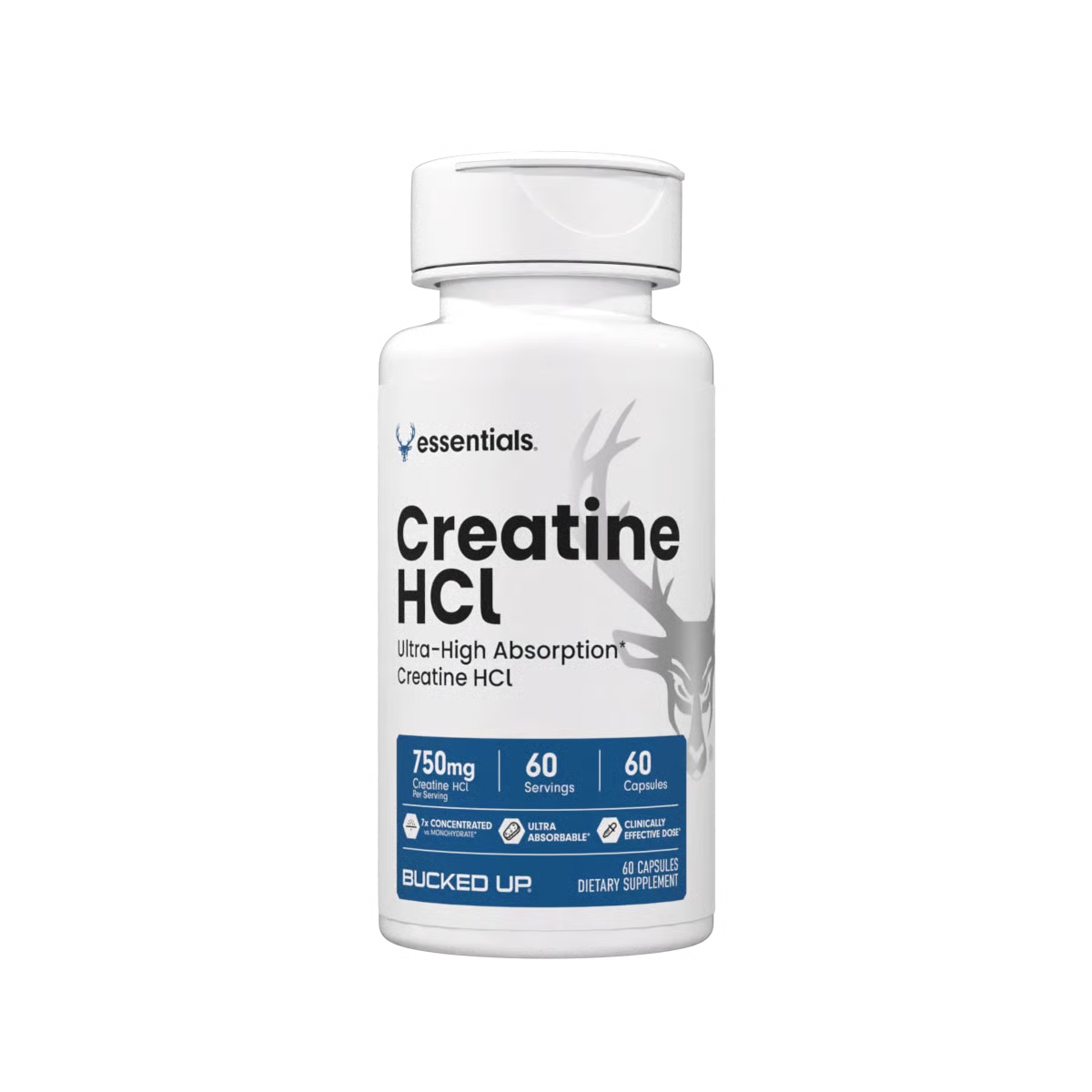
Their Six Point Creatine blends multiple types for enhanced uptake, while Babe Creatine targets tailored strength support for women.
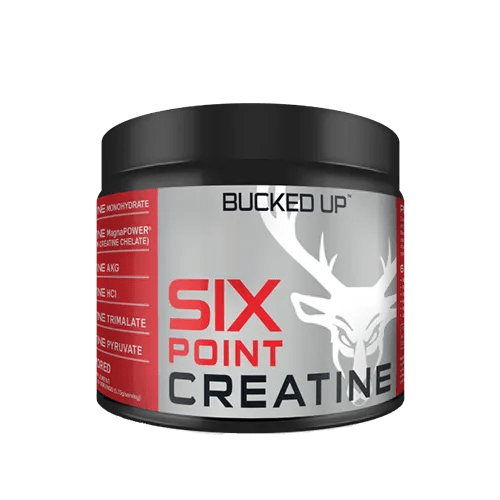
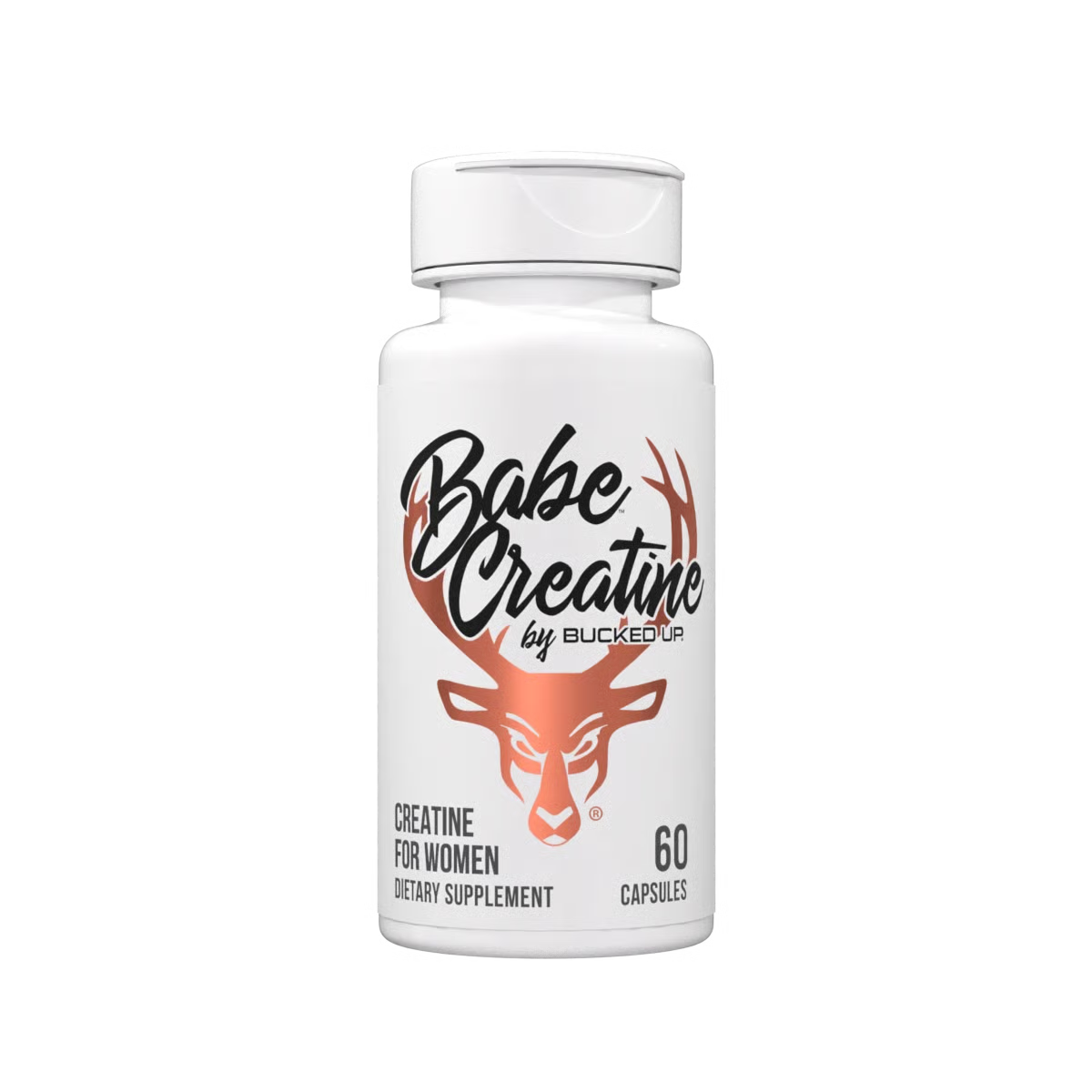
Other products include Creatine Monohydrate for a classic approach, Buck Build for combined benefits, Gummies for tasty dosing, and All Bulk No Bloat for minimized water weight.


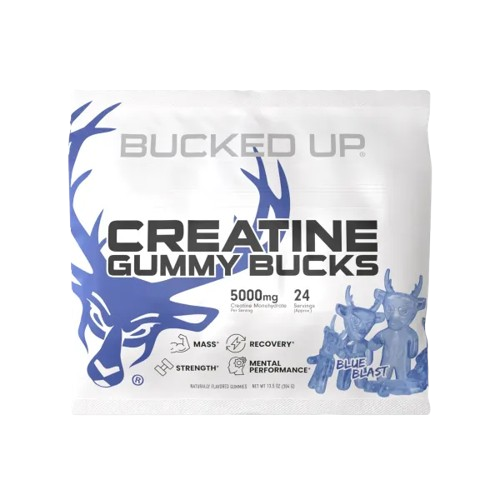
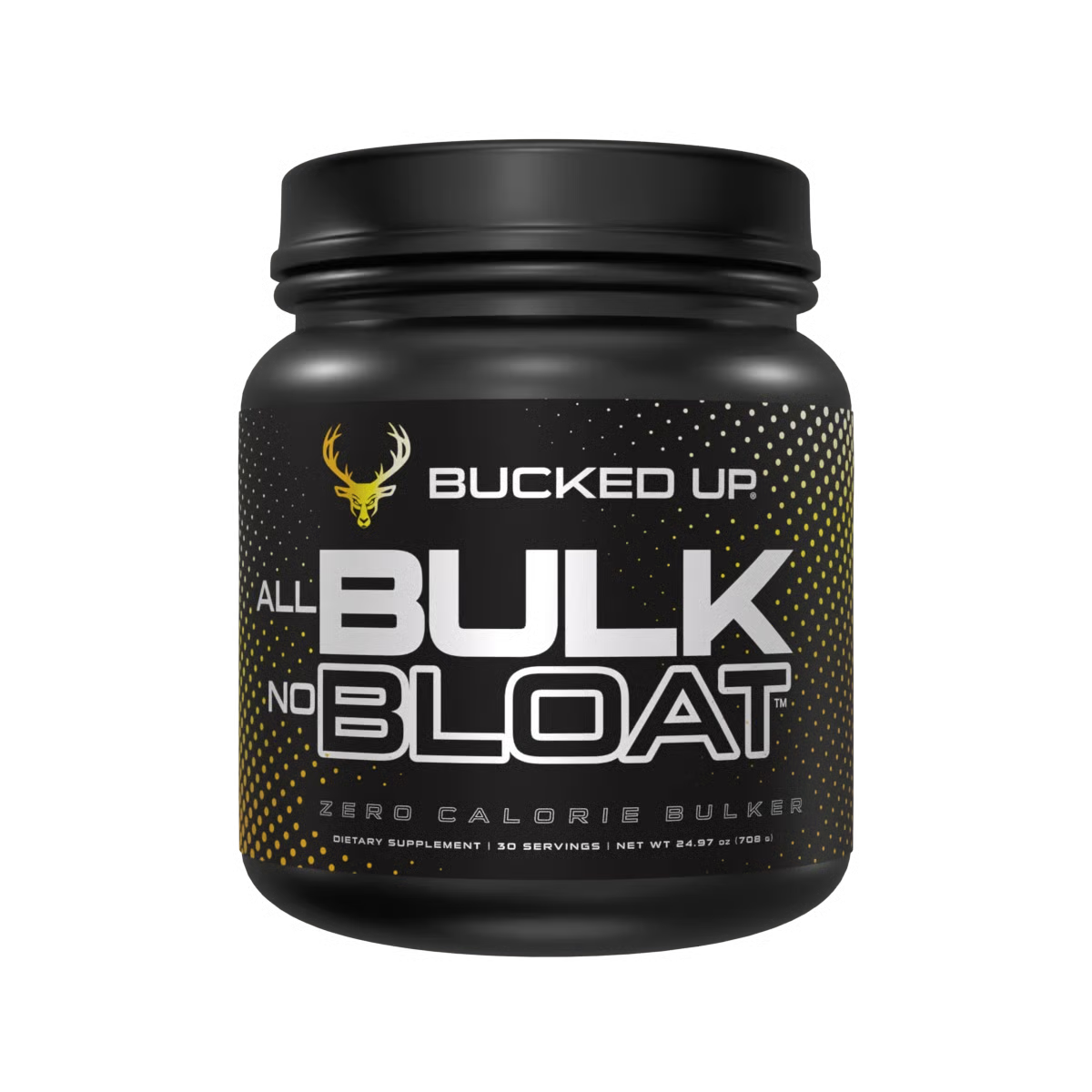
These options maintain safety while offering variety. Pick based on your lifestyle and goals, noting that long-term data for newer forms is still building.
Boost your mental and physical game. Shop now to check out Bucked Up’s creatine products and find the right fit for your goals.
Who Needs Extra Care with Creatine?
Kidney Issues: Talk to a Professional
Creatine is safe for most, but those with kidney conditions should proceed carefully. Individuals with existing kidney problems need medical guidance before using creatine. Altered kidney function could impact how creatine is processed.
For added caution, certain health conditions warrant oversight. Anyone with kidney disease should avoid creatine unless monitored by a doctor. This stems from potential strain on weakened kidneys, not confirmed harm.
If you have diabetes, high blood pressure, or other kidney-related issues, consult a healthcare provider before starting creatine. Regular checks on kidney markers might be needed to ensure safety.
Drug Interactions: A Rare But Possible Issue
Creatine may interact with some medications, though this is uncommon. Concerns exist with drugs that stress the kidneys, but serious interactions are rare. This includes certain antibiotics or pain relievers.
The risk comes from combining creatine with meds that affect kidney function, though documented cases are few. Most issues arise in those with health conditions or improper med use.
If you’re on prescription drugs, tell your doctor about creatine use. This is especially key for diuretics, NSAIDs, or anything impacting kidneys or hydration.
High Doses and Loading: Weighing the Impact
Studies spanning up to 14 years with doses of 30 grams daily show no major health issues across all ages.
Current data shows that 3 to 5 grams daily over a month achieves full muscle saturation with less hassle. If opting for loading, stay very hydrated, watch for stomach issues, and split doses throughout the day.
Your Common Creatine Safety Questions Answered
Can Creatine Lead to Hair Loss?
No evidence connects creatine to hair loss. A single study noted higher DHT levels in some athletes, but later research couldn’t replicate this or link it to actual hair thinning. Science finds no tie between creatine and baldness in men or women.
Is Long-Term Creatine Use Safe?
Yes, studies up to 14 years long confirm creatine’s safety for healthy people at recommended doses. Long-term users show no significant kidney, liver, or heart health changes compared to non-users. The body handles added creatine without negative shifts.
Does Creatine Cause Bloating or Stomach Issues?
Mild stomach discomfort or bloating can happen, but isn’t common, affecting 4.9% of users versus 4.3% on placebo. Drinking enough water, taking it with food, and sticking to proper doses usually prevents or reduces these minor effects.
Do I Need to Cycle Off Creatine?
There’s no medical need to stop using creatine for healthy individuals. Long-term data backs continuous use, maintaining muscle benefits. Some pause for personal or budget reasons, but health doesn’t require breaks.
How Do Safety Profiles of Monohydrate and HCl Compare?
Creatine monohydrate has the deepest safety data, rated very high. Creatine HCl also appears safe in current studies, with no major side effect differences, though less long-term research exists. HCl might ease digestion due to better mixing and lower doses. Choose based on preference for format or comfort, not safety risks.
Final Thoughts: Choose Creatine with Confidence
Extensive science backs creatine monohydrate as a safe, effective supplement for physical and mental gains. Years of studies with thousands of people dispel myths, confirming its reliable safety record.
Key takeaways show no kidney or liver harm in healthy users, rare side effects often matching placebo rates, and safety in ongoing use. When issues arise, they’re minor and manageable with hydration and correct dosing.
Knowing creatine’s true profile helps you decide based on facts, not fears. Whether picking monohydrate for its proven history, HCl for ease and less water weight, or fun options like Bucked Up’s gummies, quality creatine is safe when used right.
Success with creatine depends on trusted products, following dose advice, staying hydrated, and checking with doctors if health issues exist. With solid info and smart habits, you can use creatine to support strength, recovery, muscle growth, and mental focus.
Power up your wellness with researched options. Shop now to explore Bucked Up’s creatine range and match your performance needs.

